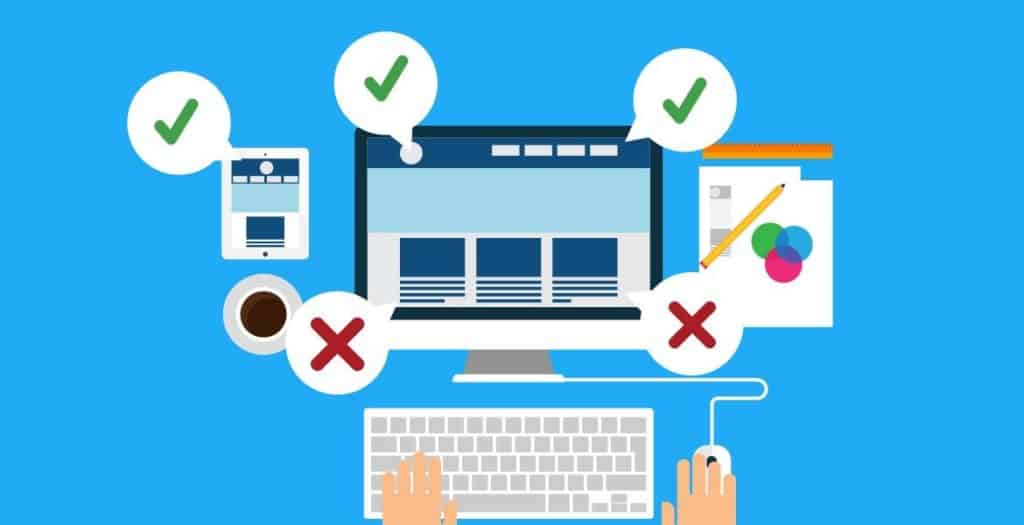In today’s globalized world, designing for multilingual users has become a crucial aspect of UX design. As the internet becomes more accessible and diverse, designing for users who speak different languages and come from different cultural backgrounds is a necessity.
Whether you are designing an app or other digital product, it is always important to understand and cater to the needs of your global audience.
In this article, we will explore the tips and best practices for designing for multilingual users.
Conduct Multilingual User Research
The first step in designing for multilingual users is to conduct user research in the languages of your target audience. This will help you to understand their needs, preferences, and cultural differences. It’s essential to involve users who are fluent in the languages you are researching, as well as those who are not. This will help you to identify any language barriers and ensure that your design is accessible to users with different levels of language proficiency.
Create Clear Navigation
When designing for multilingual users, it’s crucial to create clear and consistent navigation. This will help users to easily find the information they need, regardless of the language they speak. Use clear and concise labels for navigation elements, and ensure that they are translated accurately. Additionally, consider using icons and visual cues to supplement the text-based navigation, as these can be easily understood by users regardless of their language.
Use Unicode Characters
Unicode is a universal character encoding standard that supports all major languages and writing systems. When designing for multilingual users, it’s important to use Unicode characters to ensure that all text is displayed correctly. This will help to prevent issues with character rendering and ensure that your design is accessible to users who speak different languages.
With Unicode characters you get consistent display, cross-platform compatibility and emoji support.
Avoid Machine Translation
Machine translation tools like Google Translate can be tempting to use when designing for multilingual users. However, these tools are not always accurate and can result in awkward or confusing translations. Instead, hire professional translators to ensure that your content is accurately translated and culturally appropriate for your target audience. This will avoid misunderstanding between you and your audience.

Consider Cultural Differences
When designing for multilingual users, it’s important to consider cultural differences. This includes differences in color meanings, iconography, and user behavior. For example, certain colors may have different meanings in different cultures, and certain icons may be confusing or offensive to users from different backgrounds. Be sure to research and understand the cultural nuances of your target audience to ensure that your design is appropriate and effective.
Cultural differences also play a big role in multilingual design. For example, the color red is a sign of danger in some cultures while in others it symbolizes good luck. Understanding and being aware of other cultures will help you provide better UX.
Provide Language Switching Options
Providing language switching options is a crucial aspect of designing for multilingual users. This allows users to easily switch between languages and ensures that your design is accessible to users who speak different languages. Consider placing language switch options in a prominent location on your website or app, and make sure that they are easily accessible from anywhere within the design.
Use language selectors or flags to indicate the available languages. This will make it easier for users to switch between languages.
Consider Right-to-Left Languages
Many languages, such as Arabic and Hebrew, are written from right to left (RTL) instead of left to right. When designing for multilingual users, it’s important to consider the needs of users who speak right-to-left languages. This includes using a mirrored layout for elements such as navigation and icons, as well as ensuring that text is displayed correctly from right to left.
Considering RTL is important because it represents a significant portion of the world’s population and user base. Designing interfaces that support RTL languages is essential for creating accessible and inclusive products that cater to the needs and preferences of a diverse user group.
Test Your Design with Multilingual Users
Finally, it’s essential to test your design with multilingual users to ensure that it is effective and accessible. This includes testing your design with users who speak different languages and come from different cultural backgrounds. Use a combination of qualitative and quantitative testing methods to identify any issues and make improvements to your design.
Bottom Line
Designing for multilingual users is an important aspect of UX design in today’s globalized world. By conducting multilingual user research, creating clear navigation, using Unicode characters, avoiding machine translation, considering cultural differences, providing language switching options, considering right-to-left languages, and testing your design with multilingual users, you can create a global design.
In summary, UX is critical for multilingual websites because it enhances accessibility, clarity, navigation, localization, and conversion, which can lead to higher engagement and satisfaction among users.
The post UX Design Tips and Best Practices for for Multilingual Users appeared first on Creativ Digital.
from Creativ Digital https://ift.tt/n67qwNK
No comments:
Post a Comment